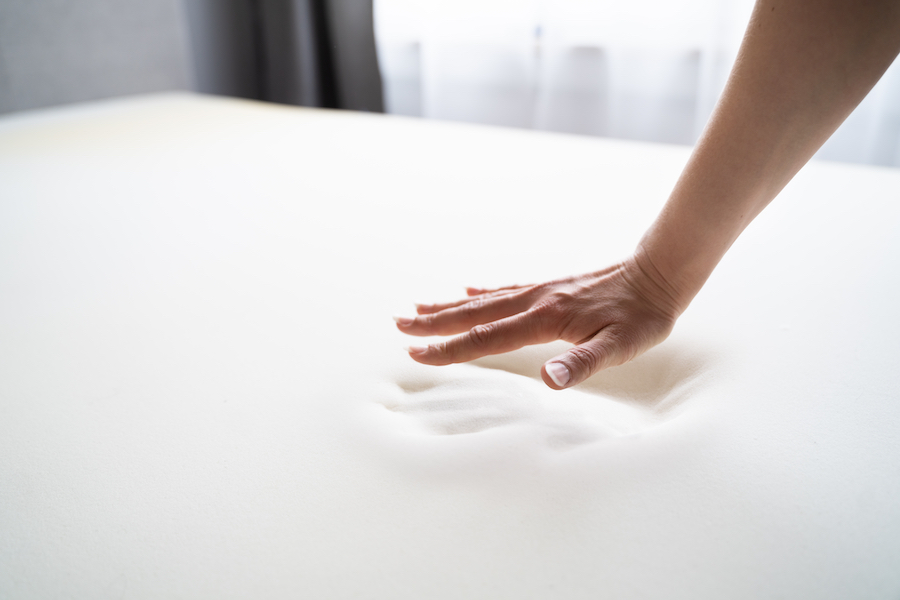Please search
Expanded Polyurethane Foam Mattresses

Polyurethane was invented in 1935 by Otto Bayer and is used, among other things, to make pillows and mattresses.
Expanded polyurethane foam, used in the production of mattresses, is obtained by mixing two components initially in their liquid state: polyol and toluene diisocyanate.
Thanks to the evolution of manufacturing technologies and the willingness of companies to make products that protect human health, eco-friendly expanded flexible polyurethane foams have been produced, which are water-based, hypoallergenic, durable, ergonomic and above all free from substances harmful to the environment and to humans, such as CFCs, chlorinated solvents, and flame retardants.
Open cell polyurethane is used in the production process of expanded polyurethane foam mattresses. The material consists of cells that make up the foam, and that, depending on their size, determine the elasticity and breathability of the mattress.
The polyurethane foams used in making mattresses can be divided into three types:
- high firmness foams
- medium firmness foams
- soft and elastic foams
The main characteristics of expanded polyurethane foam mattresses
Here we have listed the physical properties of polyurethane foams and the effects that they have on this specific type of mattress:
1. Density
The polyurethane mattress has a density (weight per foam unit volume) expressed in kg/m3, and this can be customised. It can vary between 48kg/m3 and 54kg/m3 and the higher this value is, the more the mattress is able to support heavy weights, evenly distributing the pressure applied by the body.
2. Firmness
Firmness expresses the resistance to a load that, if carried out frequently and repeatedly, compresses the mattress by putting it under pressure. If after several compressions the mattress loses a significant amount of firmness (hardness), it means that the polyurethane product is of poor quality.
3. Compression resistance
The compressive strength measures the resistance of the mattress to a load.
Just as in the case of firmness, the loss of thickness must also be very limited following a series of repeated compressions. A mattress with good elasticity and compression, and therefore a high level of resistance, is the proof of good quality polyurethane.
4. Loss of firmness in dynamic fatigue
To be sure of using a good quality foam, two cycles of compression and decompression are carried out. The resulting difference after these two cycles will determine the quality of the foam. The lower the value, the better the foam.
5. Tensile strength and elongation
Tensile strength is the measure of the amount of force needed to break the foam sample, measured in Pascal: the greater the value, the more resistant the foam.
6. Compression set
This is the measure of the deformation of the foam after having been compressed for a certain period of time at a given temperature.
7. Resilience
This indicates the elasticity of the expanded polyurethane foam and is measured by dropping a steel ball onto the sample from a given height. The height reached by the ball after it has bounced on the surface of the foam is indicative of the foam’s resilience.
